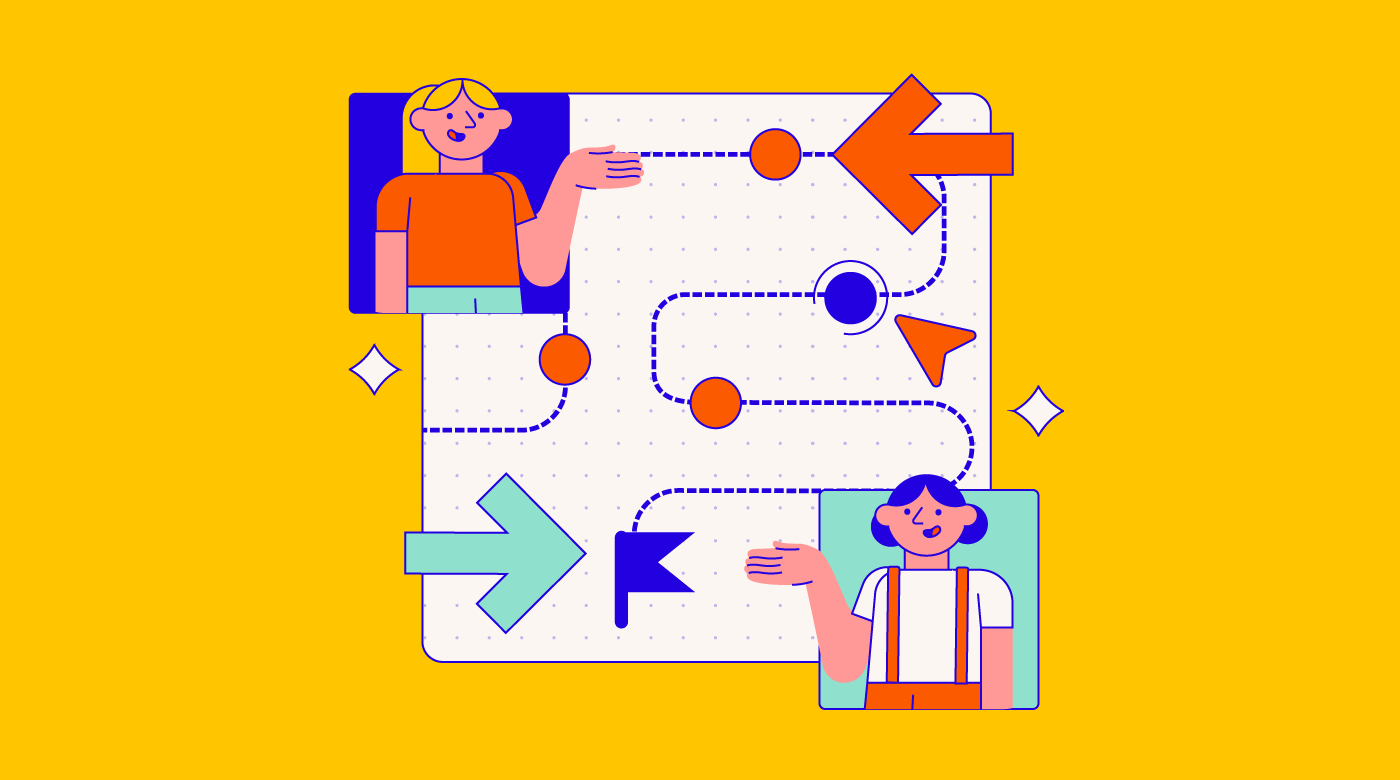Often interchanged and, unfortunately, often misunderstood, Customer Experience and Customer Success are two separate disciplines. But they have so much overlap they are like two sides of the same coin. They work together and align around similar principles and common practices, yet at the same time, the distinction between them is important.
Although there are inevitable variances from organization to organization, some basic role definitions and disciplines ring true throughout. Here’s a basic framework to understand the differences, and similarities, of Customer Experience and Customer Success. We’ll start by defining each.
What Is Customer Success?
In short: Customer Success comes down to the “3 Ds.” They are: Define, Deliver, and Demonstrate. Additionally, Customer Success can be defined as: CS = CO + CX. Meaning the customer’s definition of success (CS) is equal to the customer’s desired outcome (CO), plus the customer’s desired experience (CX). In other words, “provide me what I want (CO), and do so how I want (CX), and you’ll have provided what I consider “success.”
From there, the second and third “D’s” are to Deliver that definition, and then Demonstrate that we’ve done so.
If we can define what success is for the customer, deliver that definition, and then demonstrate we’ve done so, we can rest assured we’ve provided Customer Success. That being said, we can’t provide “success” without nailing the “experience.” It’s half of the CS formula, and thus it determines who wins and who loses.
Another way to look at it, is that Customer Success is all about the destination. Did the customer achieve what they wanted in terms of business goals and objectives? Yes, or no? Customer success is a binary decision and so gauging it is, in that sense, somewhat simpler than gauging Customer Experience.
What Is Customer Experience?
Meanwhile, Customer Experience is all about the journey. It’s about the process of arriving at their goal. Did the customer achieve those business goals and objectives how they wanted to? Was the journey frictionless, or friction-filled?
Additionally, in any industry with competition (meaning various ways to achieve the same CO), the winners and losers will be determined by who has the best Customer Experience. If there is only one way for the customer to achieve their desired outcome (CO), the vendor doesn’t need to worry as much about how they deliver it (CX).
However, in any industry with more than one vendor, the winners and losers are determined not by who can provide the CO, but rather who has the better CX.
To do this effectively, businesses need to clearly outline the roles and responsibilities of each department. Keeping in mind the goal of CS is to ensure the customer achieves their desired outcome (destination), and the goal of CX is to ensure the customer achieves how they want to (journey). This affects every aspect of the business.It requires cross-department coordination and cooperation:
- Marketing should show the ease of use, as well as the compelling value proposition.
- Sales should ensure a smooth, frictionless sales cycle as well as promise of business outcomes to be achieved.
- Delivery and Operations must focus on not only value realization by the customer, but also the business processes, and procedures, that customers must follow to achieve said value. It’s not good enough to just deliver the outcomes our customers want, we must do it more frictionlessly than our competition.
Customer Success Is The Destination And Customer Experience Is The Journey
Remember Blockbuster? For a long time, they were the only way for us to rent DVDs, and since there was little to no competition, they didn’t need to focus on the Customer Experience (CX).
Then Netflix 1.0 came along (before streaming), and allowed us to rent DVDs through the mail, for a monthly subscription fee. They moved away from the transactional (nightly) fee model, with late fees, etc. and moved to a subscription model. One that would mail the DVDs to the customer’s home. Same exact CO (watch a movie at home), but significantly improved CX (arrived in the mail, no late fees, no frustration of it being out of stock at the store, etc.) and thus ended Blockbuster’s reign. The same exact CO, with a vastly improved CX, led Netflix to win.
At the end of the day, remember: Customer Success is about the destination and Customer Experience is about the journey. Each has its own unique focus area, while both being 100% intertwined and mutually responsible for customer retention, expansion, and advocacy.

